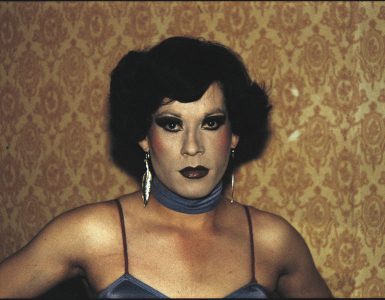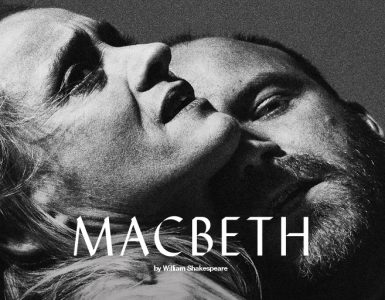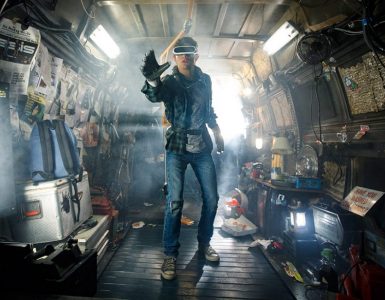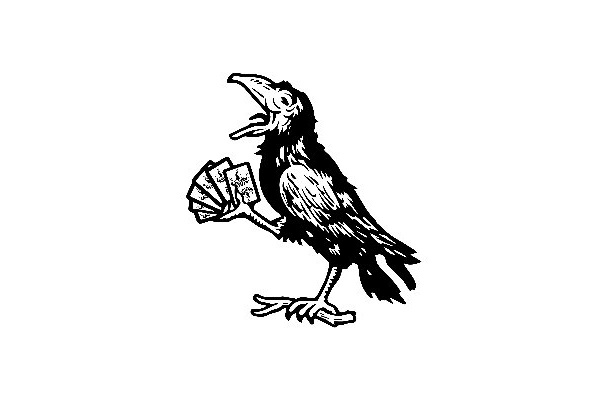“The art world is hard to satirize” says Ruben Östlund in a promotional interview, as he elucidates the cultural world of his movie, The Square. The recent satire has jumped the pond in its notoriety, and annoyed art-sceners along the way, but bemused others in its quest for demonstrating the absurd within.
I must admit I have a soft spot for movies that explore absurdity, long believing that to be the best type of humour. I often find it to be brutally introspective on our world, and after watching the trailer for this film I knew I would be in for a contemplative laugh.
We follow Christian, the head curator of the X-Royal (formerly the Royal Palace) art museum in Stockholm, as he employs a PR team to promote the installation of ‘The Square’ - a new exhibit. Unwittingly, every decision he takes leads him down a path of absurdist scenarios that ultimately lead to his downfall. The film satirizes the idea of an irrational, ludicrous, and even nonsensical world consumed by contemporary art; and largely addresses the theme of compassion (or lack thereof).
‘The Square’, a strip of illuminated lighting on the floor in the shape of a square, is installed with the following inscription: “The Square is a sanctuary of trust and caring. Within it we all share equal rights and obligations”, and throughout the film we follow Christian (and to a large extent the contemporary art world) as he fails to live up to the standard of the work. He sleeps with a journalist, deals with a pickpocket wrongly, approves a PR video about killing the homeless, re-pebbles a damaged art work without care for the artist’s work, and pushes a kid down the stairs. And yet, somehow, this isn’t scratching the surface of the absurd scenarios created in the film.
A key question Ostlund addresses is “how do you stay relevant as a contemporary art museum?”and he uses the characters in his film to attempt an answer. It becomes clear as the film progresses that Christian represents an extension of the contemporary art world, and thus we are introduced to his desire to stay relevant. One of the more hilarious scenes that depicts this desire is when, after sleeping with a journalist, he fights with her over a condom. In a way, this act was his way of feeling important enough to have his deposit stolen. In doing so, revealing the pretentiousness of their world.
A key symbol in the film is homelessness and the separation of classes: the film establishes this by often cutting to shots of the homeless, or by having characters walk past them with disregard. While ‘The Square’ teaches equality, Christian disregards the impoverished by accusing an entire block of council flats of stealing his phone. Furthermore, when a press conference is called to address the PR video released advertising ‘The Square’, depicting a homeless girl in a bad light (I won’t give away the advert but those who have seen it know it to be so… Absurd!) .The press spend more time concerned with freedom of speech than the disregard of the homeless.
Another great symbol in the film is the role of apes. When Christian sleeps with the journalist, in her living room we see a live ape, painting (honestly…). For once, it appears he is as concerned with the absurd as we the audience are, and yet he says nothing! Moreover, at a gala dinner hosted at the museum the guests are treated to a performance by a method actor acting as an ape. The performance, however, hilariously turns from entertaining to uncomfortable as the ape drags a woman across the floor by her hair. Does anybody help? No, in keeping with the theme of lack of compassion everybody sits silently as people are thrown from their chairs at a dinner by a man-pretending to be an ape! How does the scene end? By cutting to scenes of homeless people in the rain. Perhaps, and I might be reading into this a bit, the apes are likened to the artists creating contemporary art, without little meaning and more doing.
Many scenes air on the side of awkwardness: the ape scene at the dinner was one of the more uncomfortable scenes I have seen in a while as I agonisingly urged the guests to stop the actor. Other such scenes include the opening interview where Christian attempts - and fails - to explain contemporary art to a journalist (tellingly, perhaps); a scene where Christian is being interviewed and an audience member with tourettes syndrome keeps interrupting them with expletives; and a scene when the journalist confronts Christian about their night together by asking “what is my name”. Each of these, and many many more, use awkwardness to elicit laughter from the viewer, and successfully!
This film is a true laugh out loud and then think a little! Absurdist to its core, it leaves you without a lesson or without a moral, but instead an empty feeling of pointlessness. While it has an unusually long run time - 2 hours 30 minutes - I honestly did not feel as though the film dragged. If anything, I was so drawn in by the scenarios created that I didn’t even notice. The film doesn’t spend time asking questions such as ‘what is art’ but instead explores ‘what is being relevant’. An empty ending, but even now writing this review I reminded of scenes that still make me chuckle.
3.5/5














